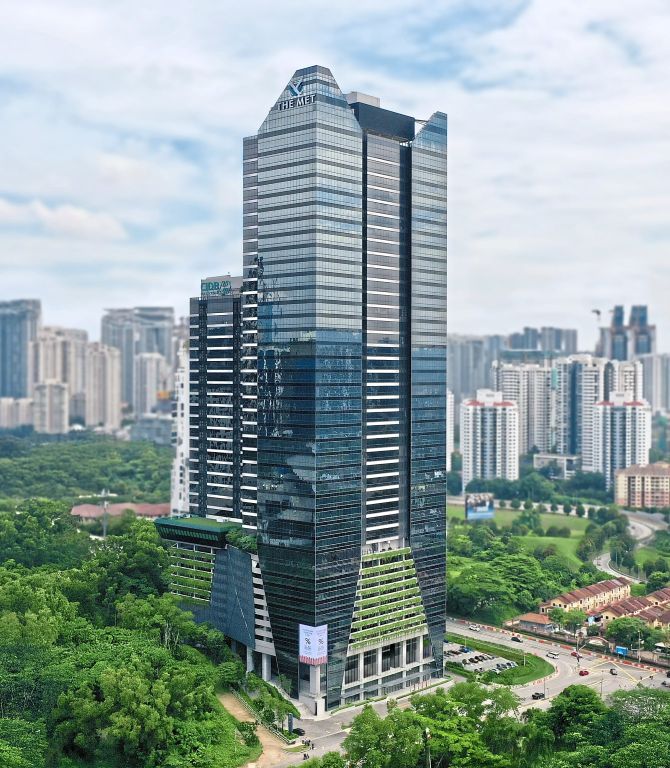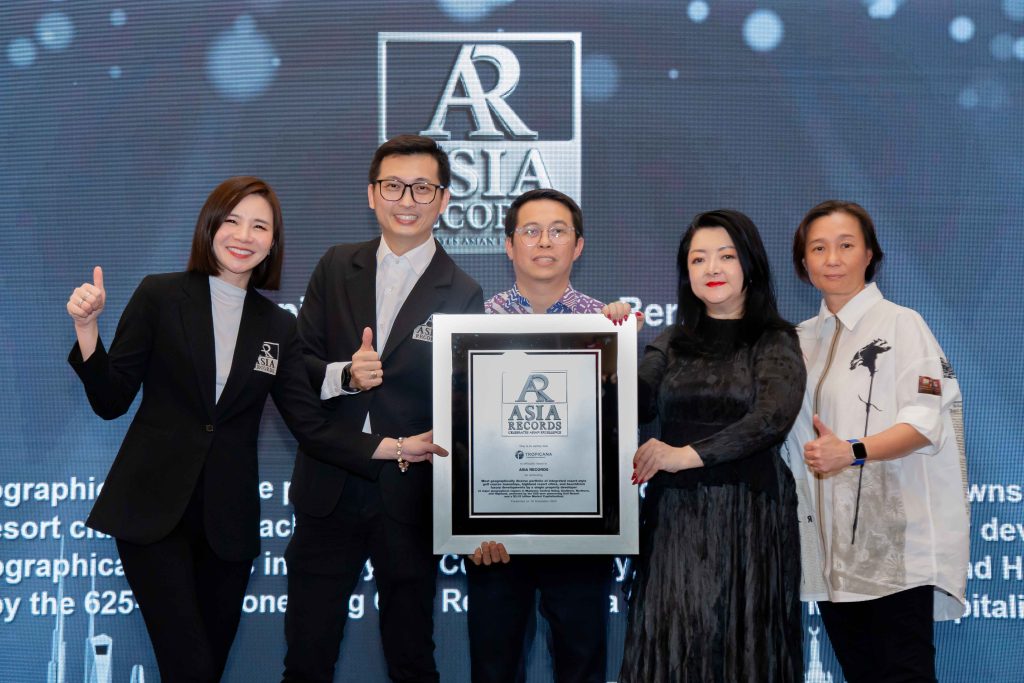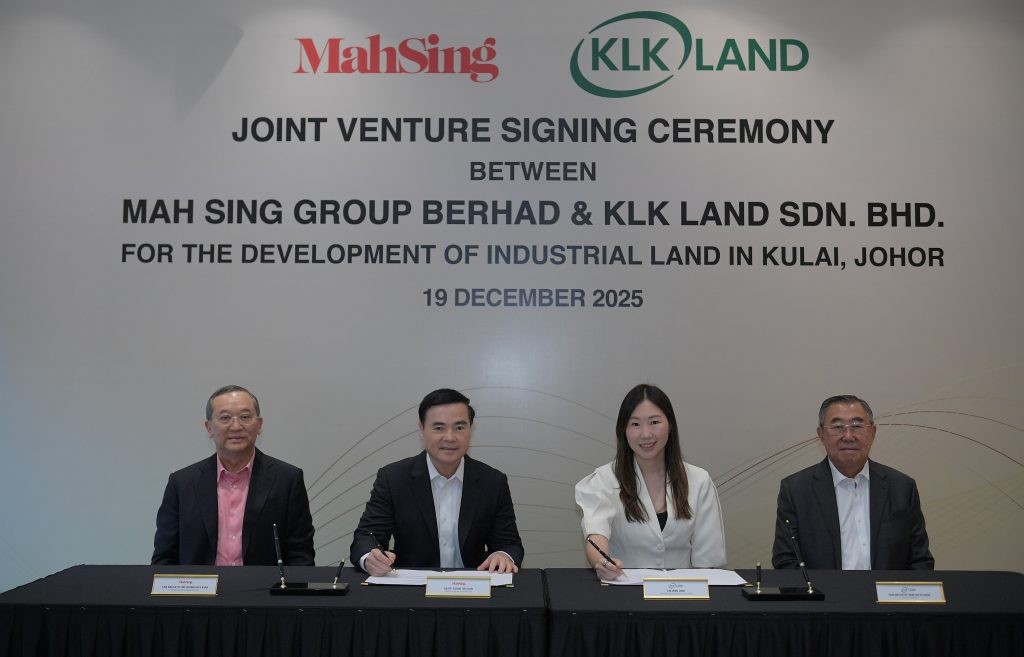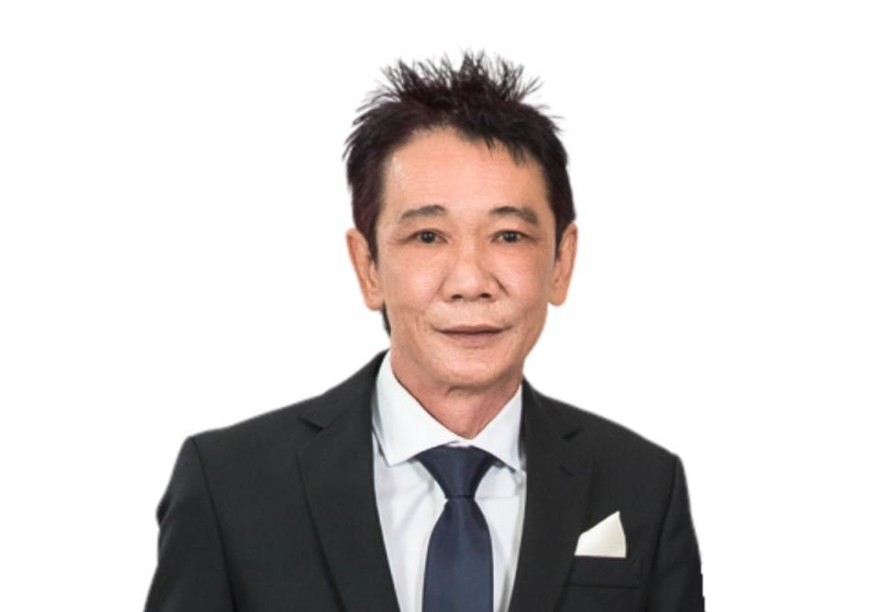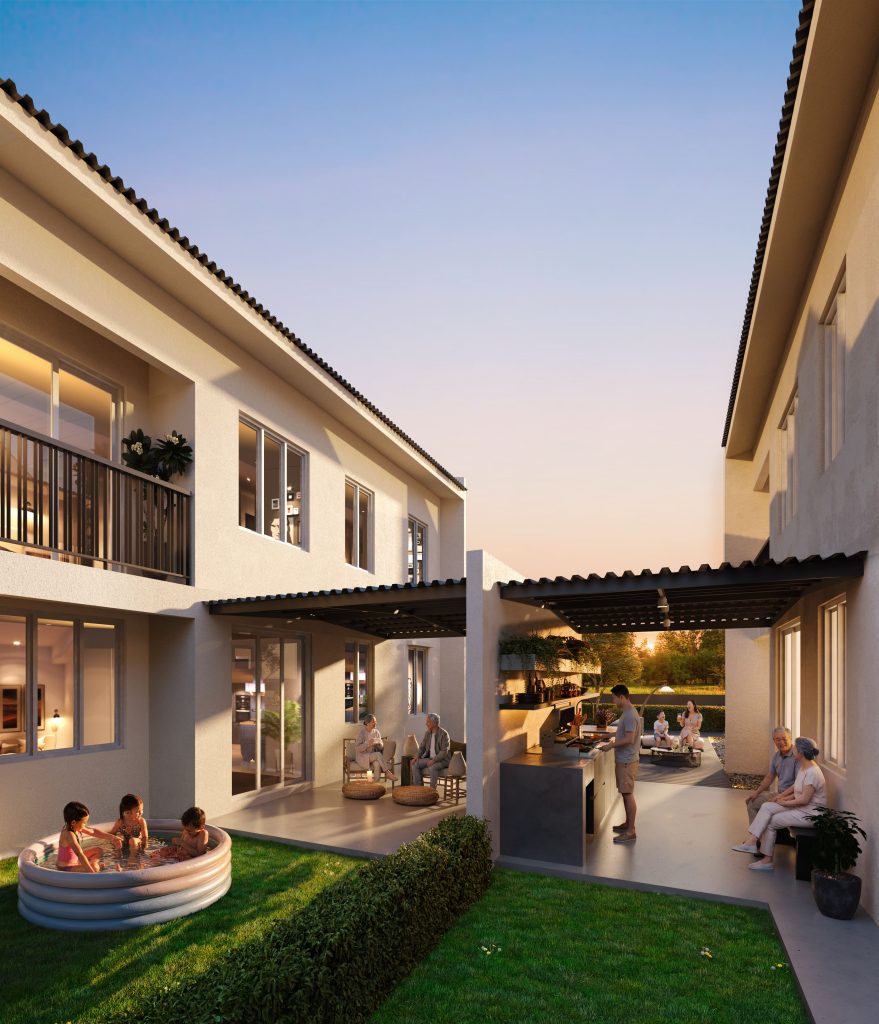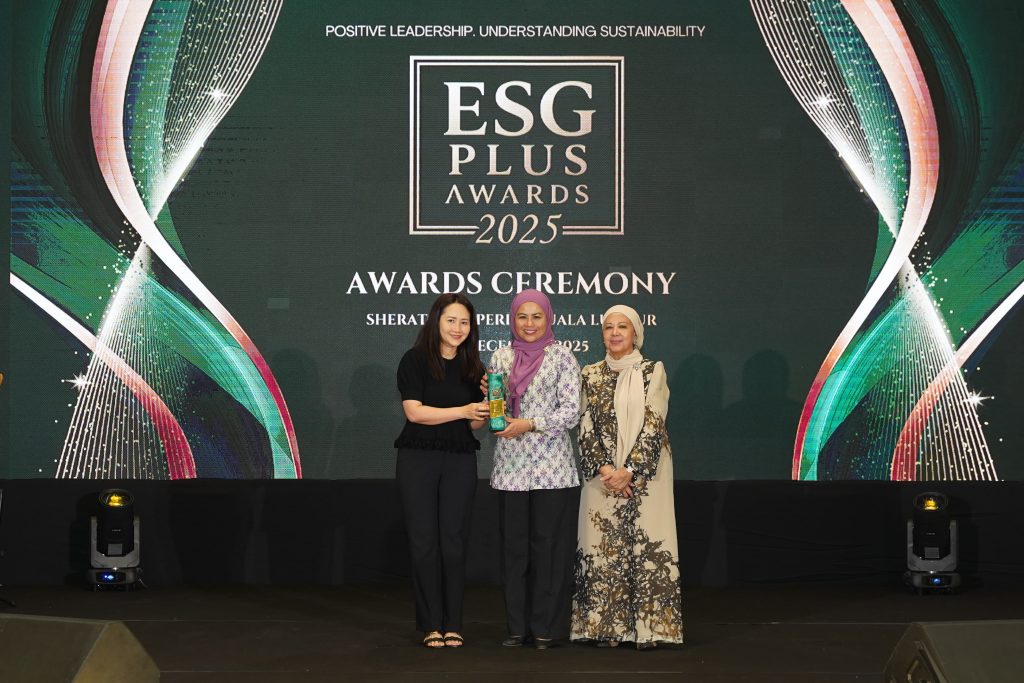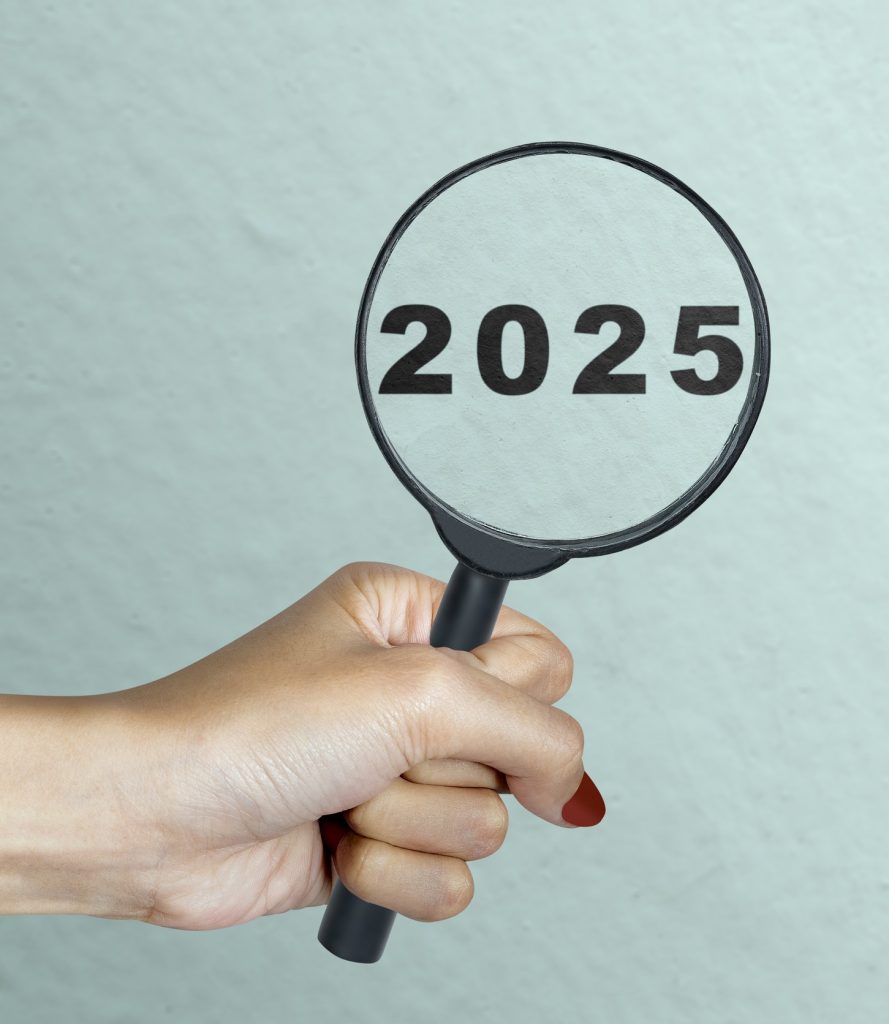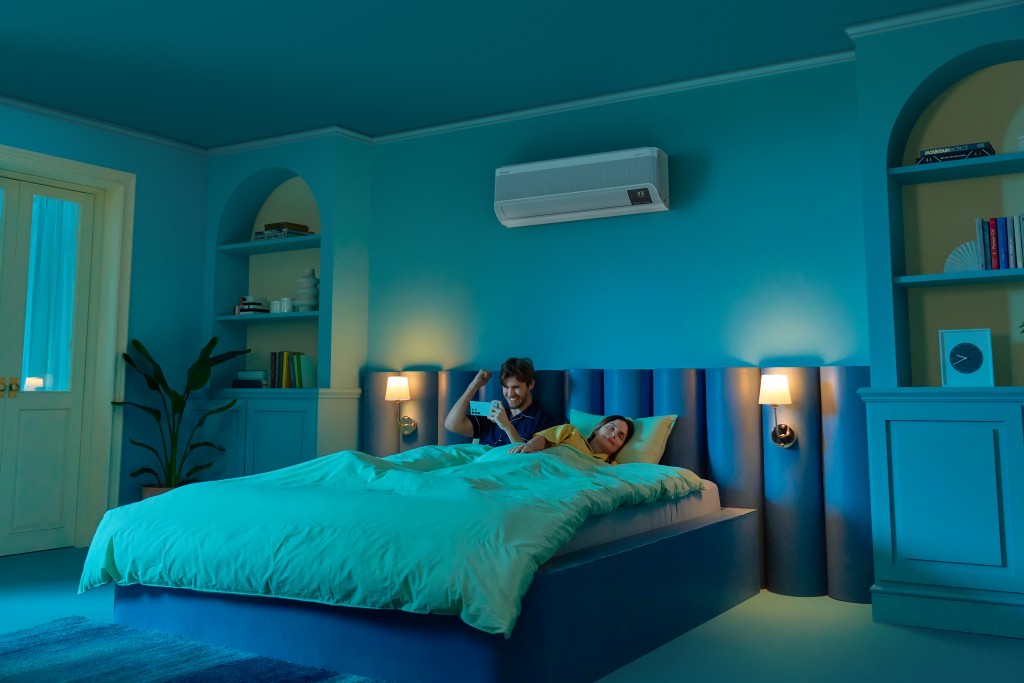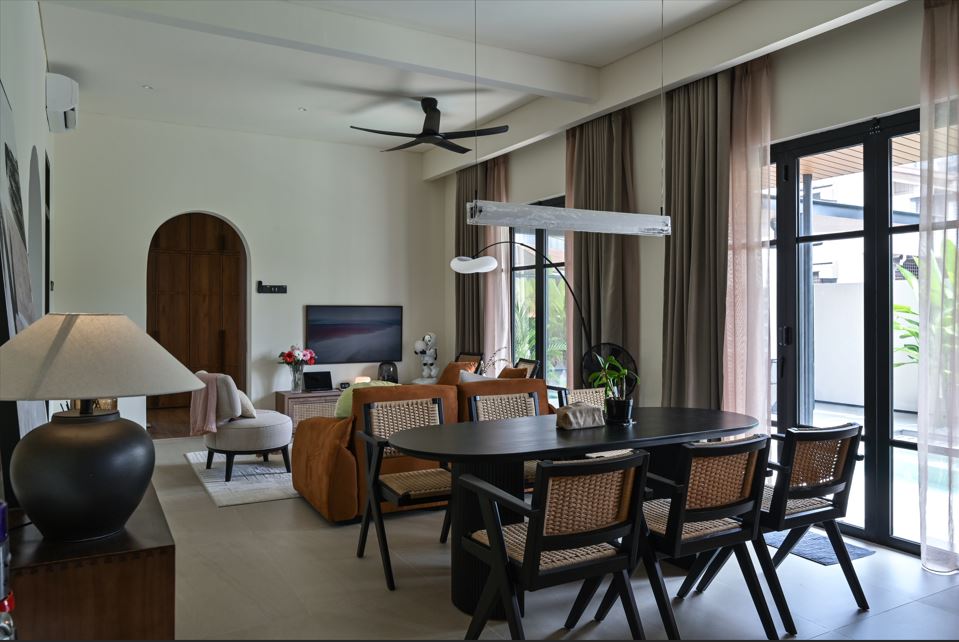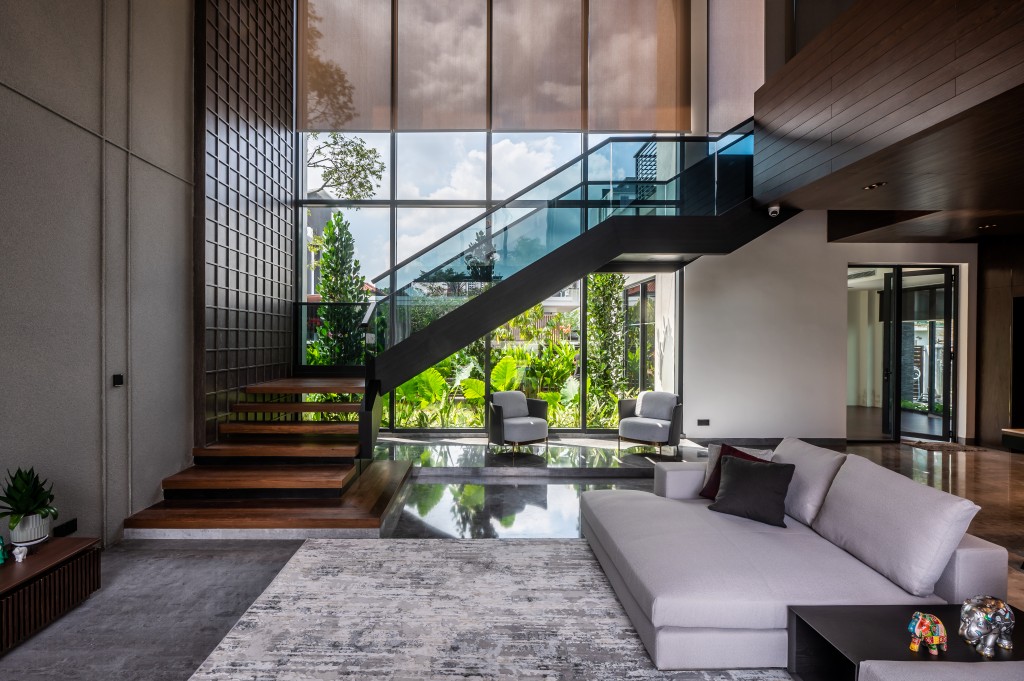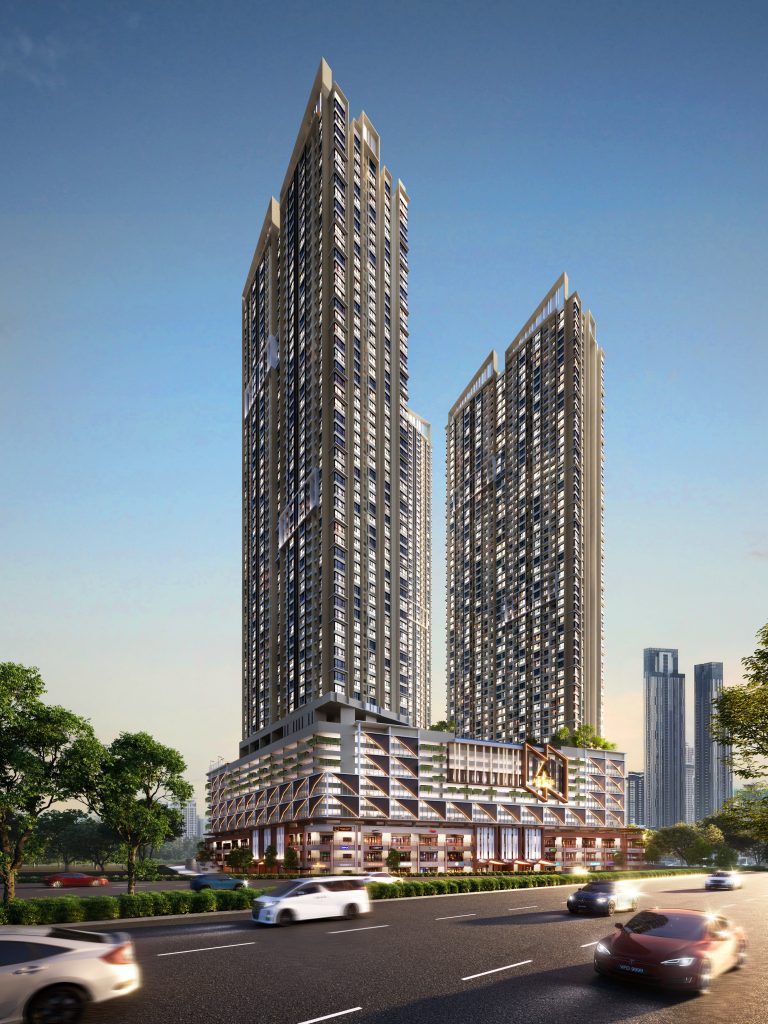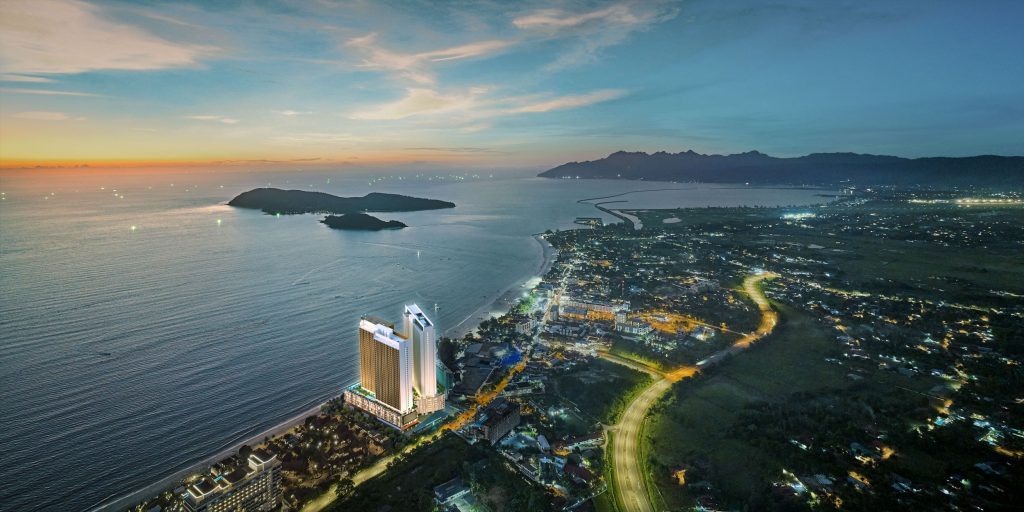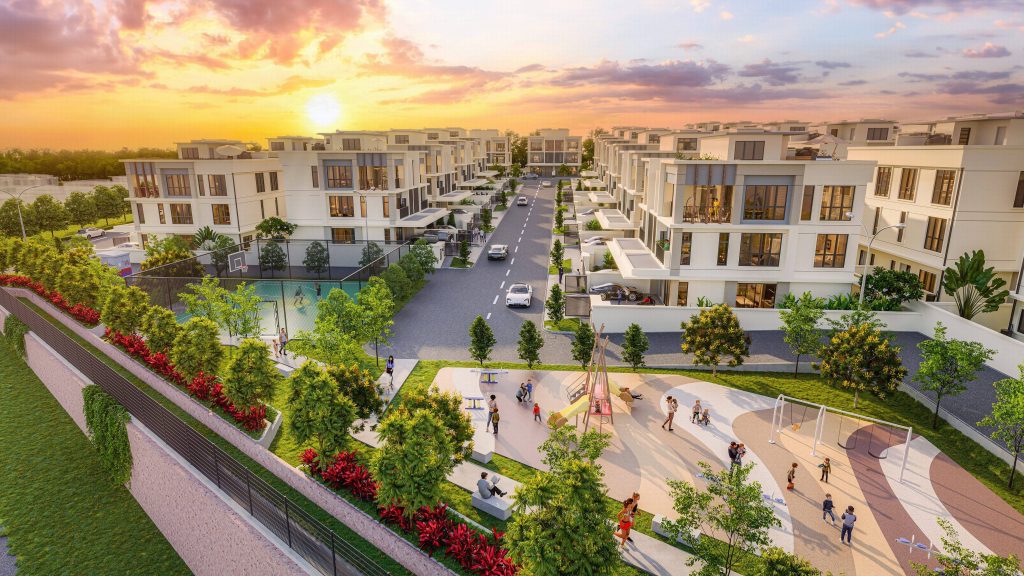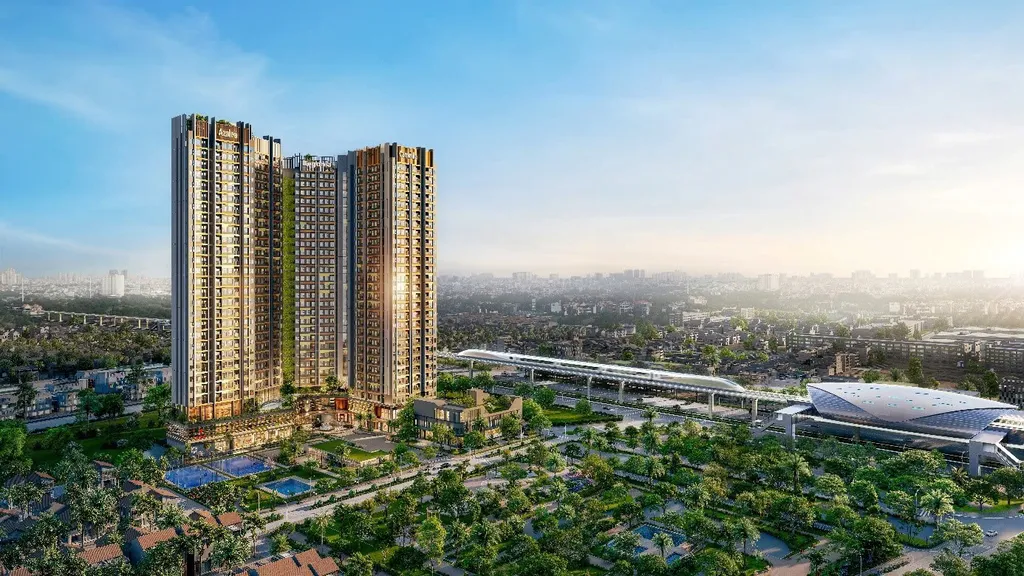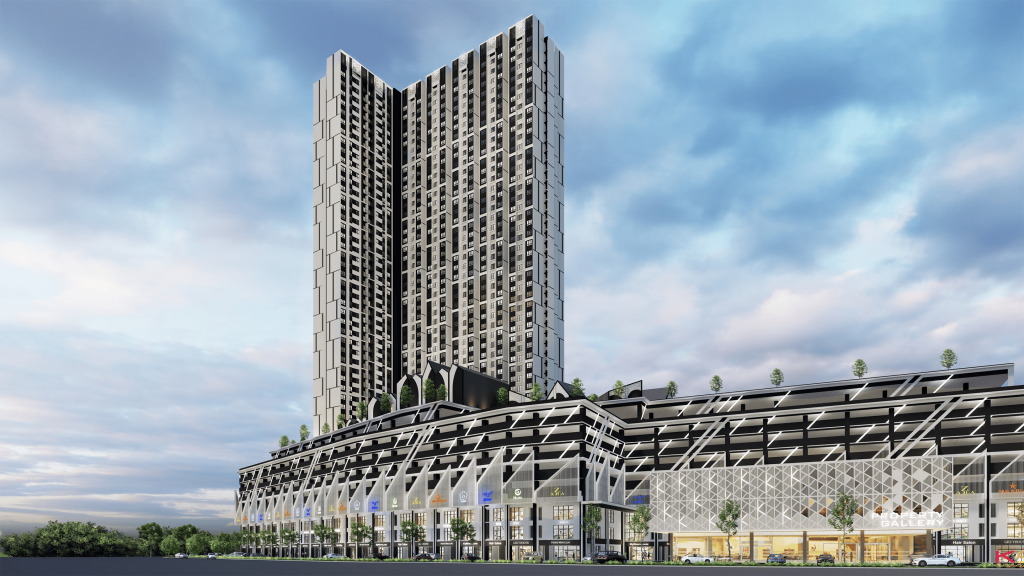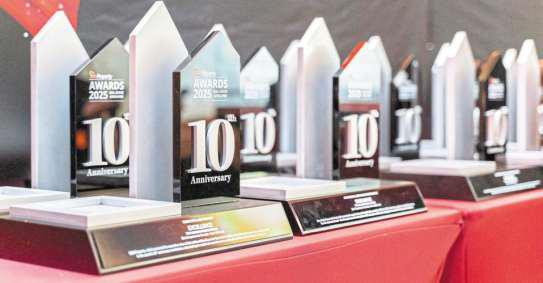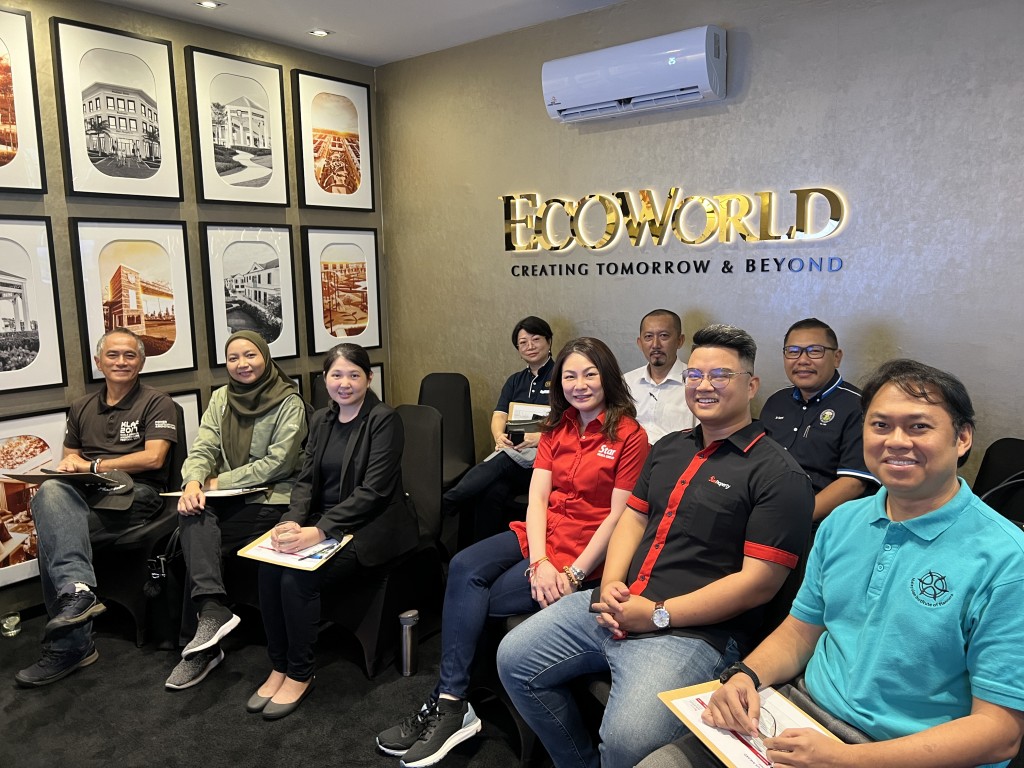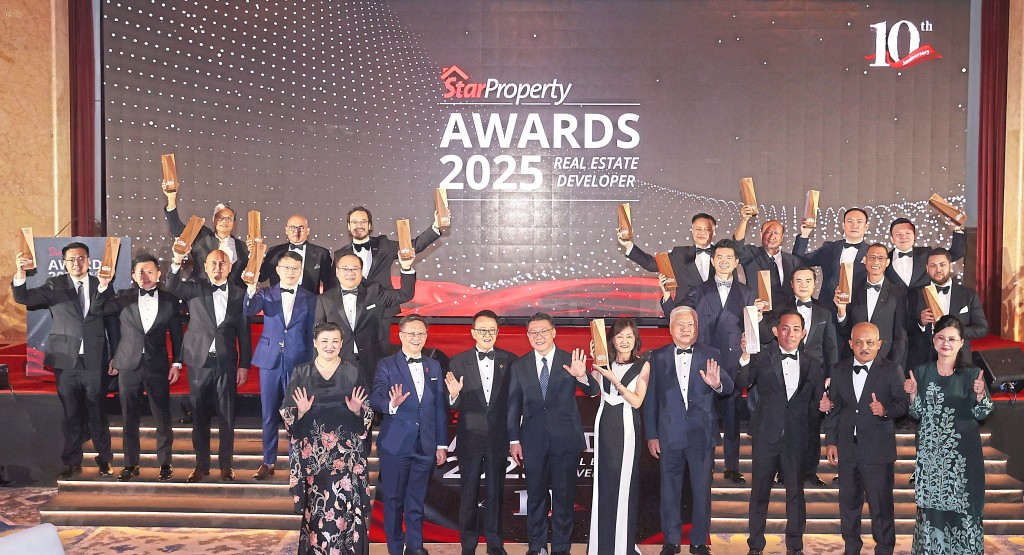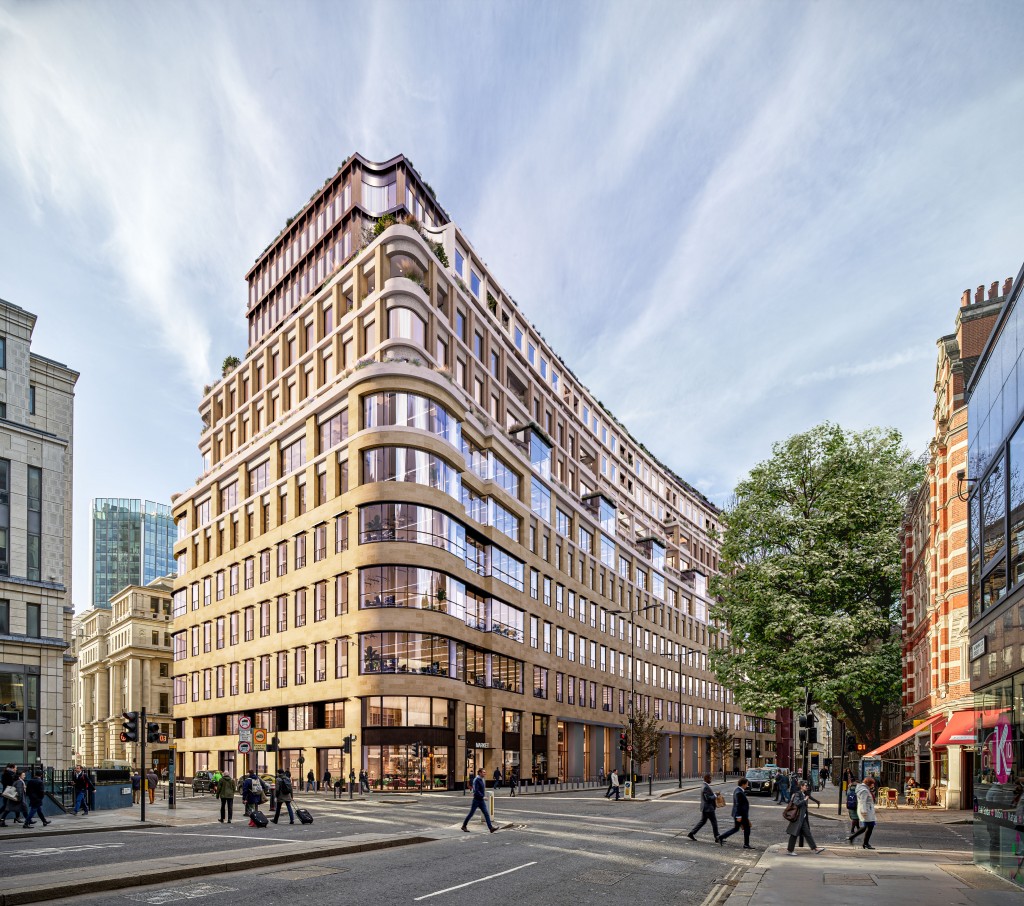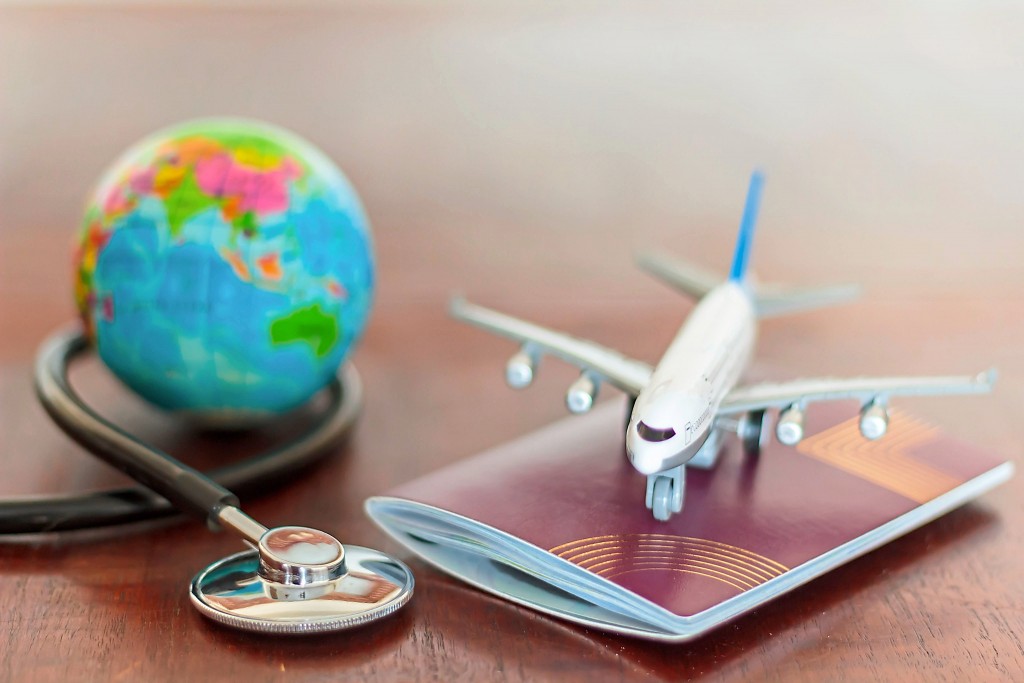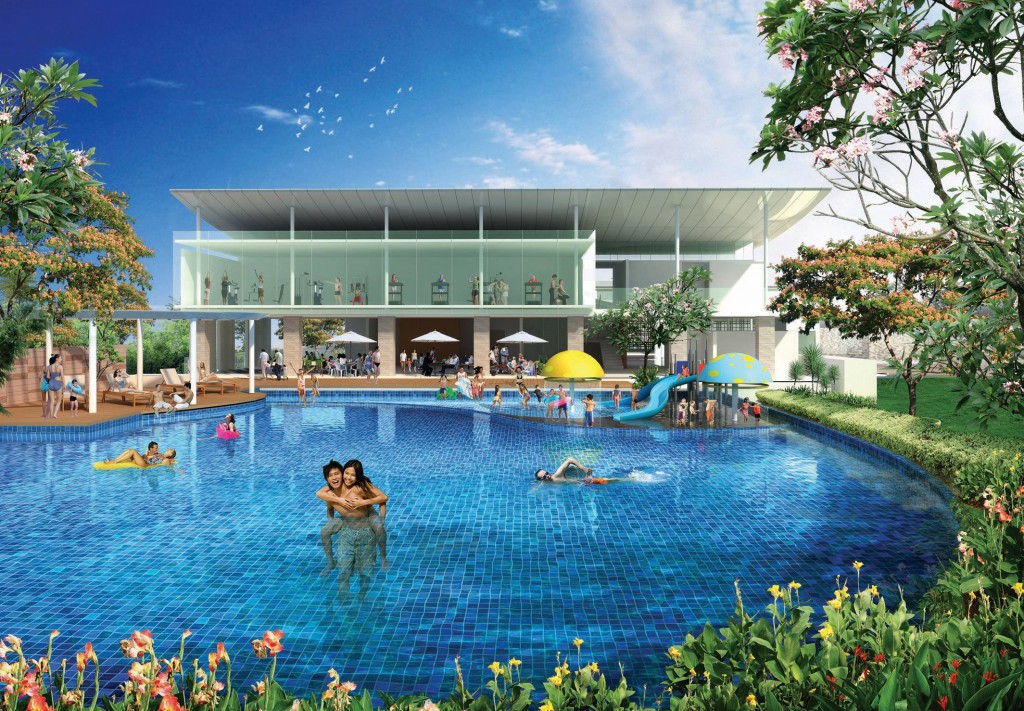By ALLISON LAI
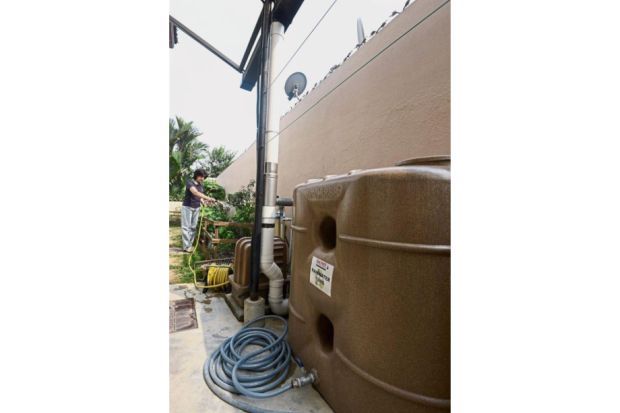
Using a rainwater harvesting system is one of the ways to save on the use of treated water. — filepic
THE rainwater harvesting and utilisation system (SPAH) should be extended and implemented in the planning and designing of landscaped areas as well as residential and industrial buildings, said Selangor Mentri Besar Datuk Seri Mohamed Azmin Ali.
It was important for all stakeholders, including property developers, to utilise rainwater as an alternative water source to combat future water problems, he added.
“Through this method, we can encourage the reuse of non-potable water for flushing toilets, washing floors, watering plants and other general cleaning works.
“The state government is a pioneer in this respect as it implemented the SPAH system for the toilets at the Jubilee Perak Hall of the state secretariat building to save on the use of treated water.
“The local councils and other relevant agencies should study the system in detail so that it can be implemented in the planning and design of landscaped areas as well as residential and industrial buildings,” he said at the launch of Air Selangor’s save water campaign at the Pelangi Court apartments.
So far, a set of SPAH guidelines approved by the National Council for Local Government in 2011 under the Uniform Building Bylaws (UBBL) 1984 stipulated that only bungalows and semi-detached houses with a roof area equal to or over 100sq m must have the rainwater harvesting system installed.
Any detached building with a roof area equal to or more than 100sq m must also include the system in the building’s plans.
The by-laws were enforced by the local authorities and monitored by the Urban Wellbeing, Housing and Local Government Ministry.
It was learnt that Johor, Kelantan, Melaka, Perak, Selangor and Perlis gazetted the by-laws and had been enforcing it.
Calling on local councils to urge developers to adopt innovative water-saving technology such as dual-flush toilets, sensors and timers in their projects, Azmin said more developments should comply with the Green Building Index, which also stressed on efficient water usage.
With water being the new oil today, Azmin said, the overuse of treated water was a serious problem in Malaysia in general, with the consumption rate in Selangor reaching 250 litres per capita per day, the highest in the Asean region.
“Singapore records 150 litres per capita per day while Thailand is 90 litres per capita per day.
“The World Health Organization recommends the use of 165 litres of treated water per capita per day.
“According to a study, only 30% of treated water is used for food and drinking while 70% is used for washing cars, clothes, baths and watering plants.
“Consumer awareness is important to achieve the ideal usage paradigm, as well as changes in the mind, culture and attitude of people in using water prudently,” added Azmin.
He noted that Selangor’s water reserve margin that was at an average of 4.34% at the end of 2016 had dropped to 3.54% throughout 2017 because of continued increase in demand for water supply.
Although the construction of two water treatment plants at Semenyih 2 and Labohan Dagang, expected to be completed in 2018, will increase Selangor’s water reserves to 7%, Azmin said consumers should still be prudent because future water problems concerned the world.
“The United Nations study states that the world will experience 40% water shortage because of rapid population growth and climate change within 14 years.
“Extreme climate change with dry hot weather will affect the water in the region. Unpredictable rainfall patterns will also result in lower groundwater reserves.
“That is why a sustainable supply of treated water is important to meet the growing demand brought about by economic growth and consumer increase,” he added.

